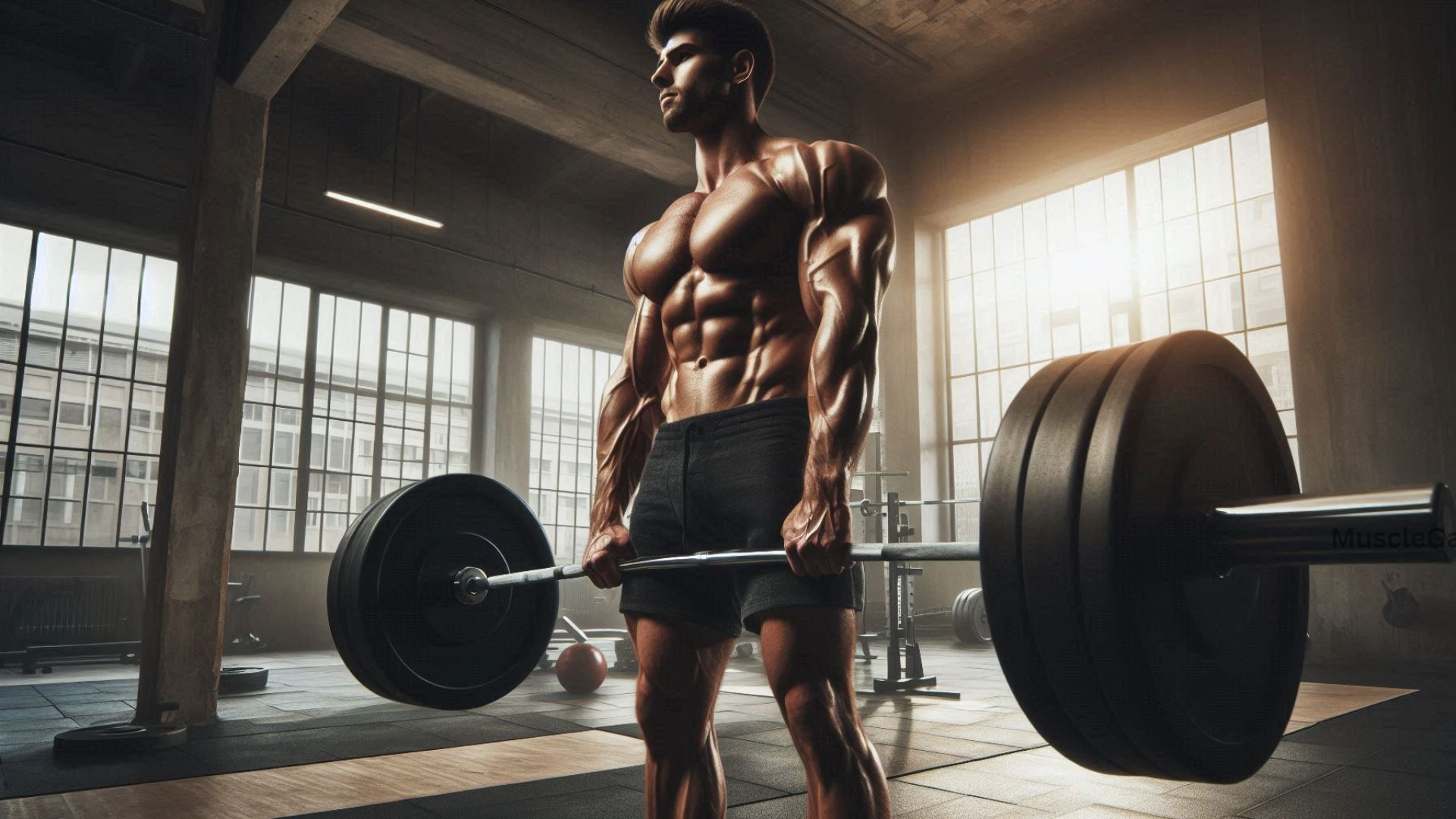There are two types of resistance workouts you can do at the gym: isolation exercises and compound exercises.
Compound exercises involve multiple joints and muscle groups, working a larger amount of muscle mass. For example, a barbell back squat is a compound exercise. It engages your quadriceps, calves, and hip, knee, and ankle joints, as well as your upper body to support the weight.
Isolation exercises target just one joint and usually focus on a single muscle group, using less muscle mass overall. An example is leg extensions, which only work the knee joint, primarily targeting the quadriceps.
In summary, compound exercises engage more muscles and joints, while isolation exercises focus on one muscle group.
Benefits of Compound Exercises

Burn more calories
Compound workouts require more energy because they involve multiple muscle groups and more muscle mass. For example, a deadlift targets your hamstrings but also works your glutes, back, shoulders, forearms, and core.
In contrast, a hamstring curl focuses solely on your hamstrings. During compound exercises, your heart rate increases to supply your muscles with the oxygen, glucose, and nutrients they need. This process helps your body use fat reserves and food for the extra energy needed to repair and build muscles after your workout.
Overall, compound exercises not only work more muscles but also boost your heart rate and help burn more calories.
Improve Muscular Balance
Isolation workouts are great for fixing weaknesses, but they can overdevelop certain muscles compared to their opposing partners. This can cause strength imbalances and lead to injury if not managed. Isolation exercises are still useful for targeting specific deficits, but compound workouts, which use both sides of the body, help avoid these imbalances.
Improve Core Strength
The exact meaning of “core” can vary, but here we’ll refer to the muscles that support your posture by attaching to the spine, as well as those that stabilize your core when you brace. During compound exercises, multiple muscle groups work together, making you stronger overall.
To keep your spine safe, you need to brace your core properly and maintain a neutral spine posture, like during a barbell back squat. This activates your core muscles a lot, making them stronger and helping to boost your athletic performance.
Stimulate Increased Hormone Release
When you do compound movements, your body releases more hormones, including growth hormones like testosterone. These hormones help repair your muscles, so you’ll be stronger and better prepared for future workouts. Just doing isolation exercises won’t give you the same muscle growth and strength because they don’t trigger the same hormone release. That’s why leg exercises like squats and deadlifts, which work large muscle groups, are so important.
Also Read: Maximize Gains: Full Body Workout Routine
When to Use Compound Movements
You should usually do compound exercises right after your warm-up but before moving on to isolation exercises or any accessory lifts. For instance, if you want to lift more weight in a barbell back squat, put the most effort into it early in your workout.

If you save it for the end, after doing three or four other exercises, you’ll be too tired to do it properly, and you might risk injury because you won’t be able to keep good form throughout the lift.
The pre-exhaust strategy involves doing an isolation exercise for a specific muscle group before moving on to a compound lift that works the same muscles. This helps activate the muscles more during the main lift by tiring them out first. It’s especially useful if you’re aiming for muscle growth. After using this strategy, it’s still a good idea to do any additional accessory lifts to get the most out of your workout.

Examples of Compound Movements
There are many compound exercises, but we’ll concentrate on only ten here, which include the well-known bench press, deadlift, and squat.
| Compound Exercise | Muscles Used |
| Deadlifts | Hamstrings, Quads, Glutes, Calves, Back, Traps, Core |
| Squat | Quads, Glutes, Hamstrings, Calves, Core |
| Lunges | Quads, Glutes, Hamstrings, Calves, Core |
| Bench Press | Pectorals, Triceps, Anterior Deltoid, Core |
| Chest Dips | Pectorals, Triceps, Core |
| Overhead Press | Deltoids, Traps, Triceps, Core |
| Upright Row | Deltoids, Traps, Biceps |
| Lat Pull Down | Lats, Biceps, Rhomboids, Posterior Delts |
| Bent over Row | Rhomboids, Biceps, Lats, Posterior Delts |
| Pull Ups/Chin Ups | Lats, Biceps, Rhomboids |
Regardless of your lifting objectives, these lifts need to be routine exercises. Technique over load can assist reduce the chance of injury while maximizing the training adaptations that can be achieved from the workouts.
